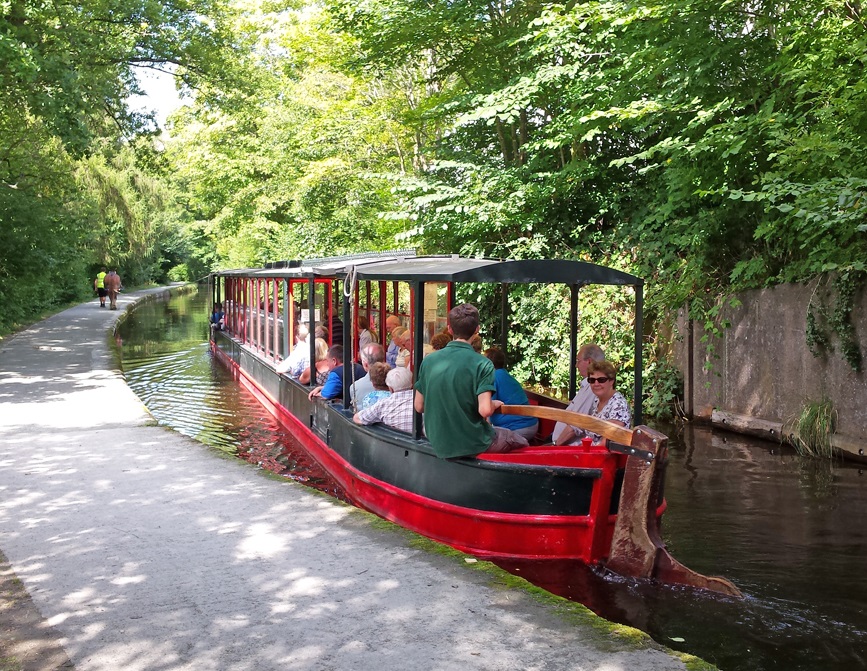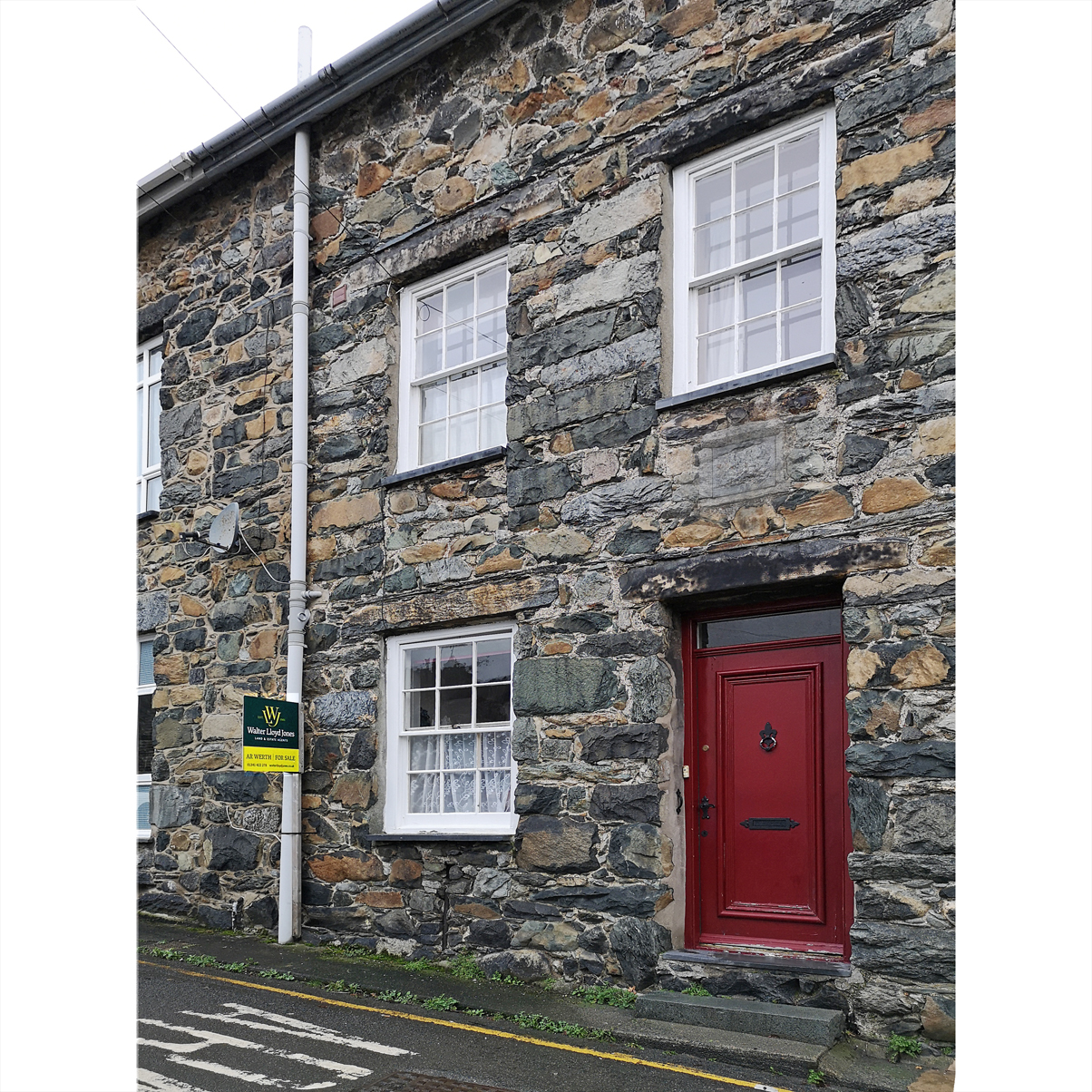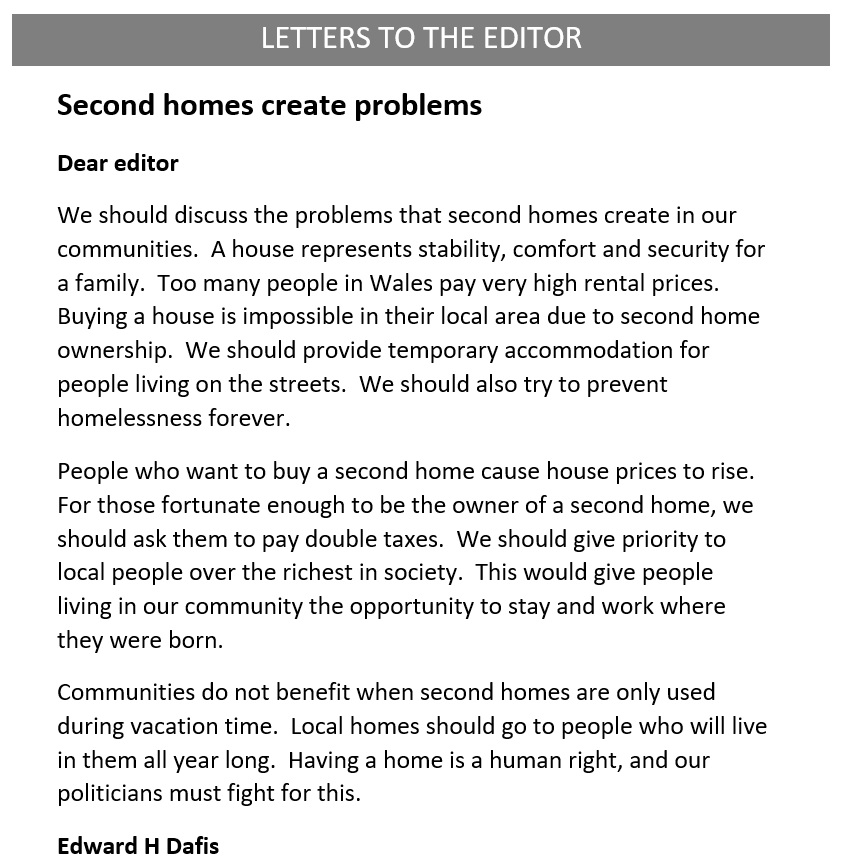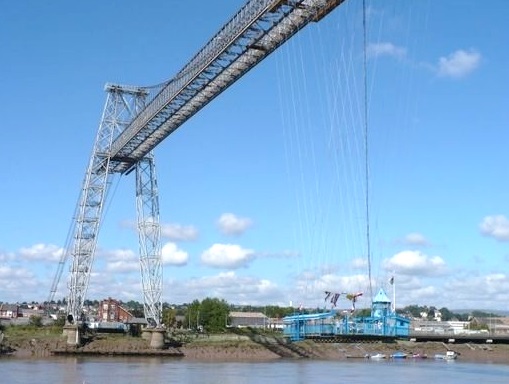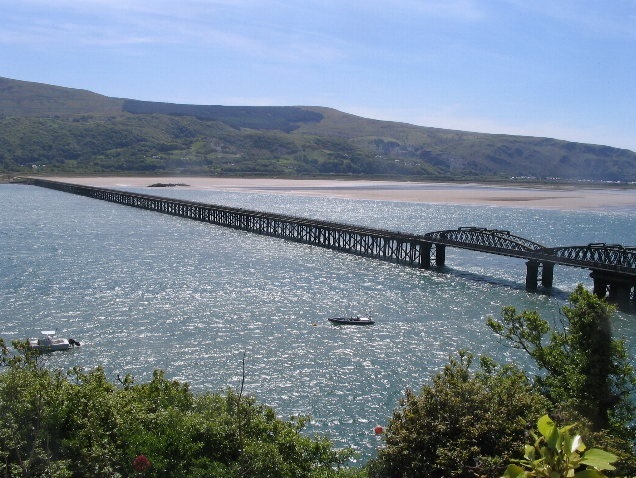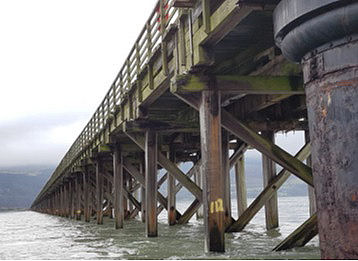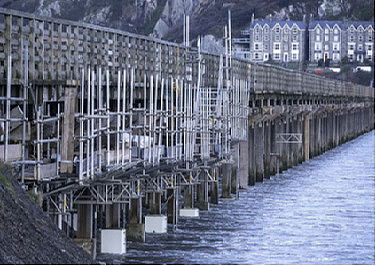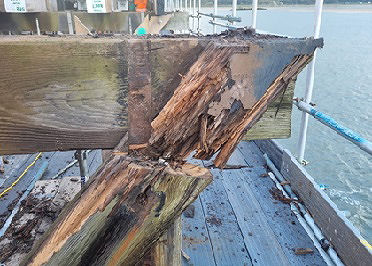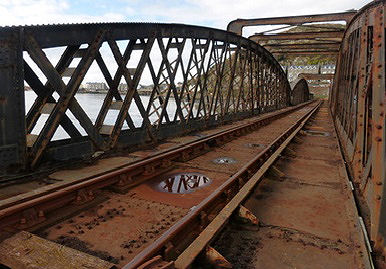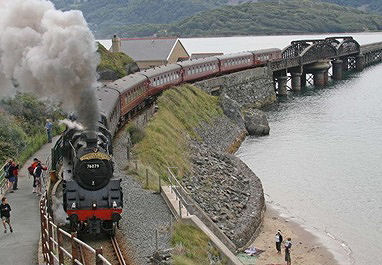The Llangollen Canal
Many people think that the Llangollen Canal is the most beautiful canal in Wales.
It takes a week to travel by boat along the full length of the canal and back.
Anyone enthusiastic about canals can enjoy the trip, either new or experienced in handling canal boats.
The canal is full of variety, with the flat fields of England leading to hills and then mountain scenery around Llangollen.
Starting in Cheshire, the canal runs through the village of Wrenbury and the town of Whitchurch.
It then crosses an area of peat bogs and lakes to reach the small town of Ellesmere.
The canal continues past farmland to Chirk and through the Chirk Tunnel, with Chirk Castle close by.
It crosses from England into Wales over the Chirk Aqueduct then continues to Thomas Telford`s breathtaking Pontcysyllte Aqueduct.
This carries the canal in an iron trough across the deep valley of the River Dee at a height of 120 feet.
The canal hugs the steep sides of the Dee valley before entering Llangollen on a high embankment.
A short walk beyond Llangollen are the Horseshoe Falls, where the canal takes its water supply from the River Dee.
Around Llangollen, visitors can travel back in time and take a trip by horse drawn narrow boat.
Translate the sentence:
Many people think that the Llangollen Canal is the most beautiful canal in Wales.
Suggested translation: (a number of alternatives acceptable)
